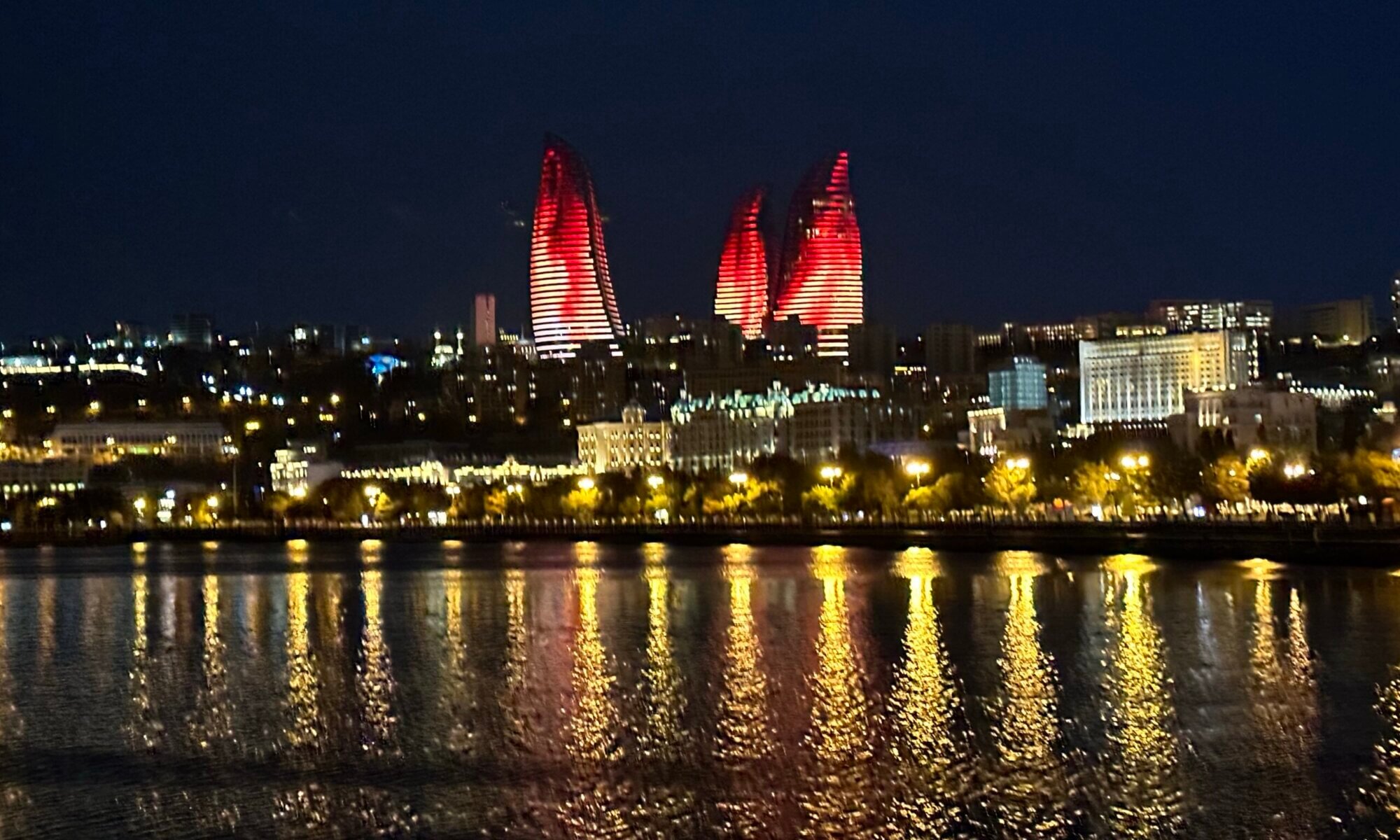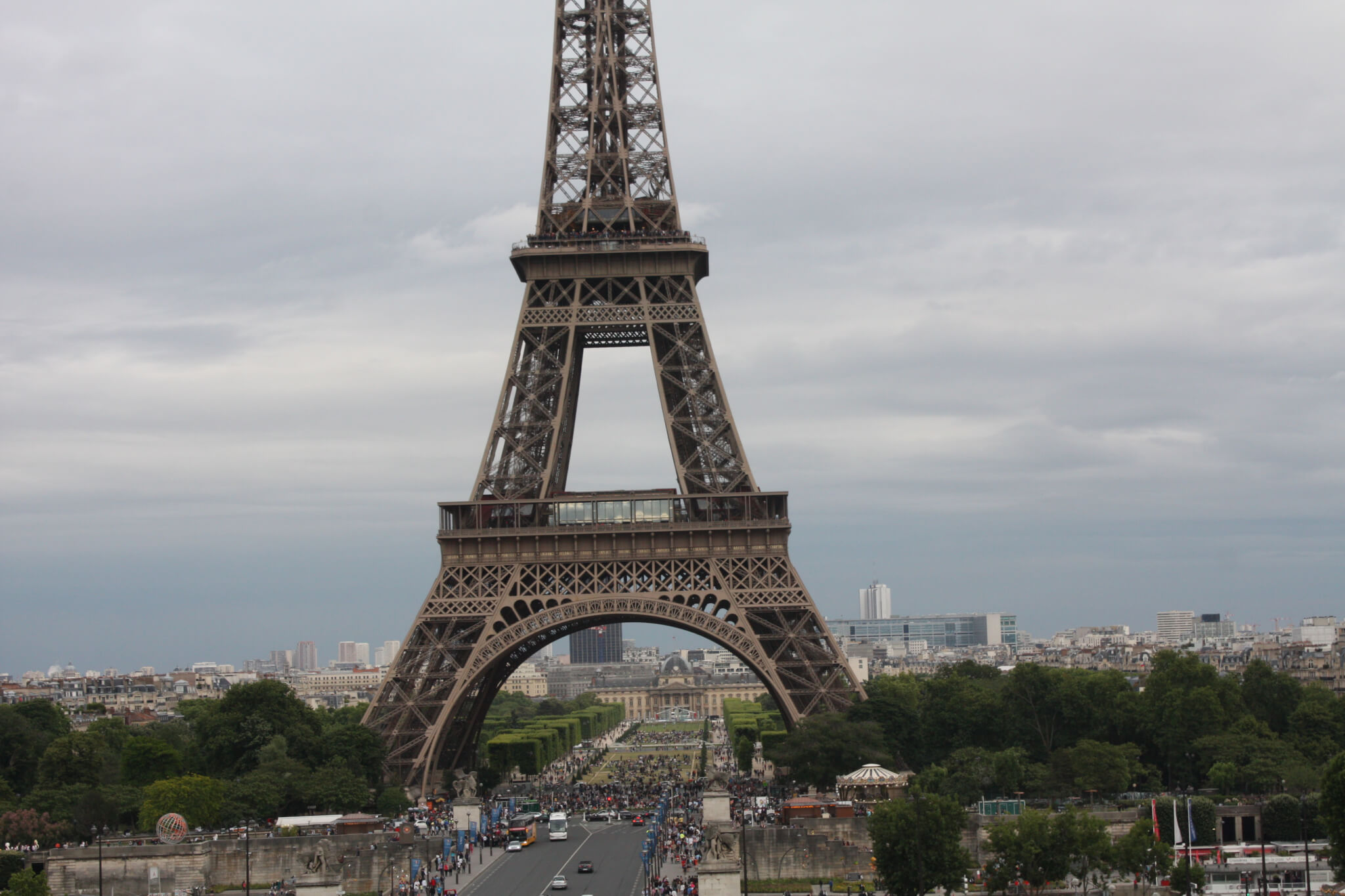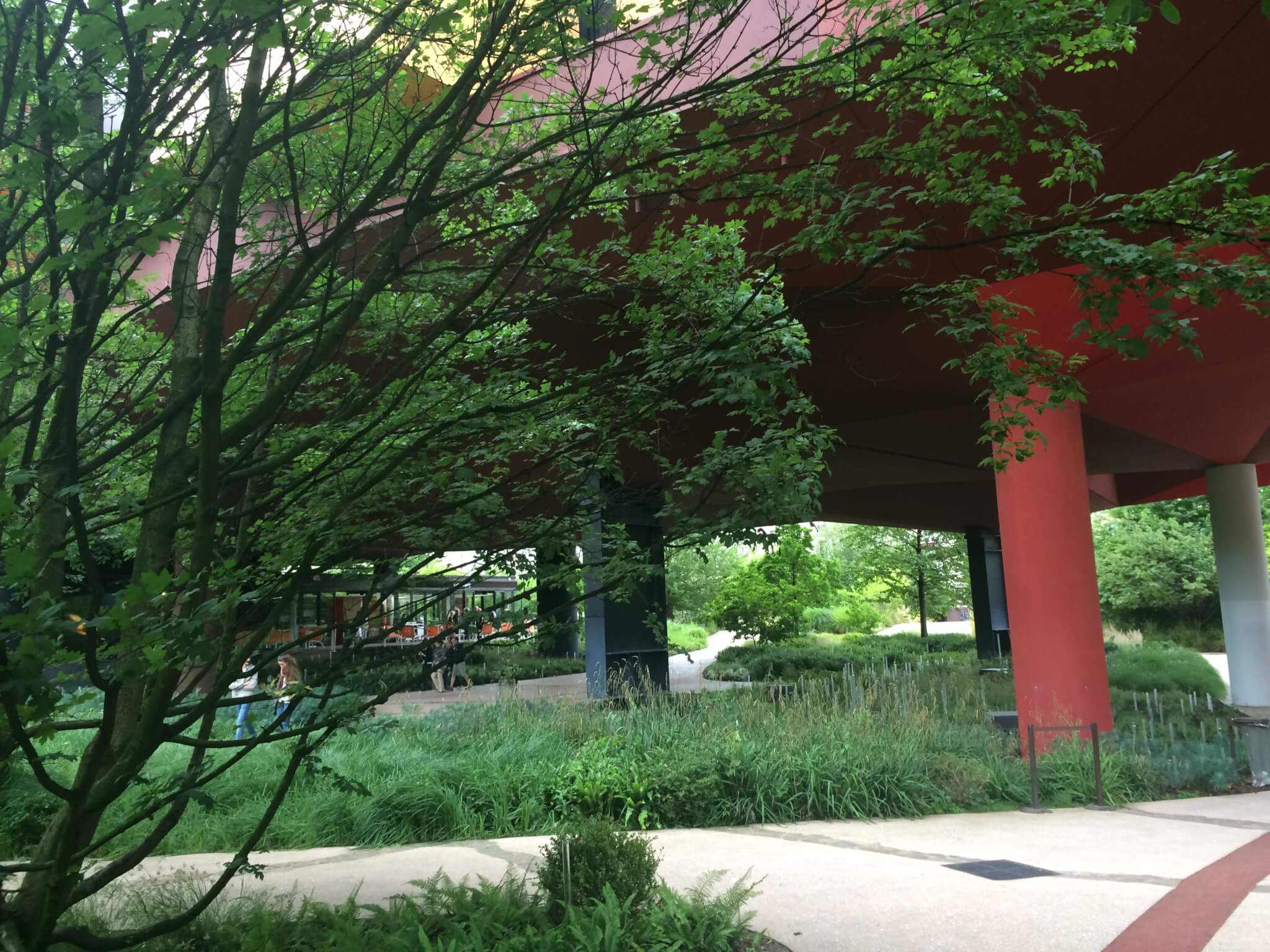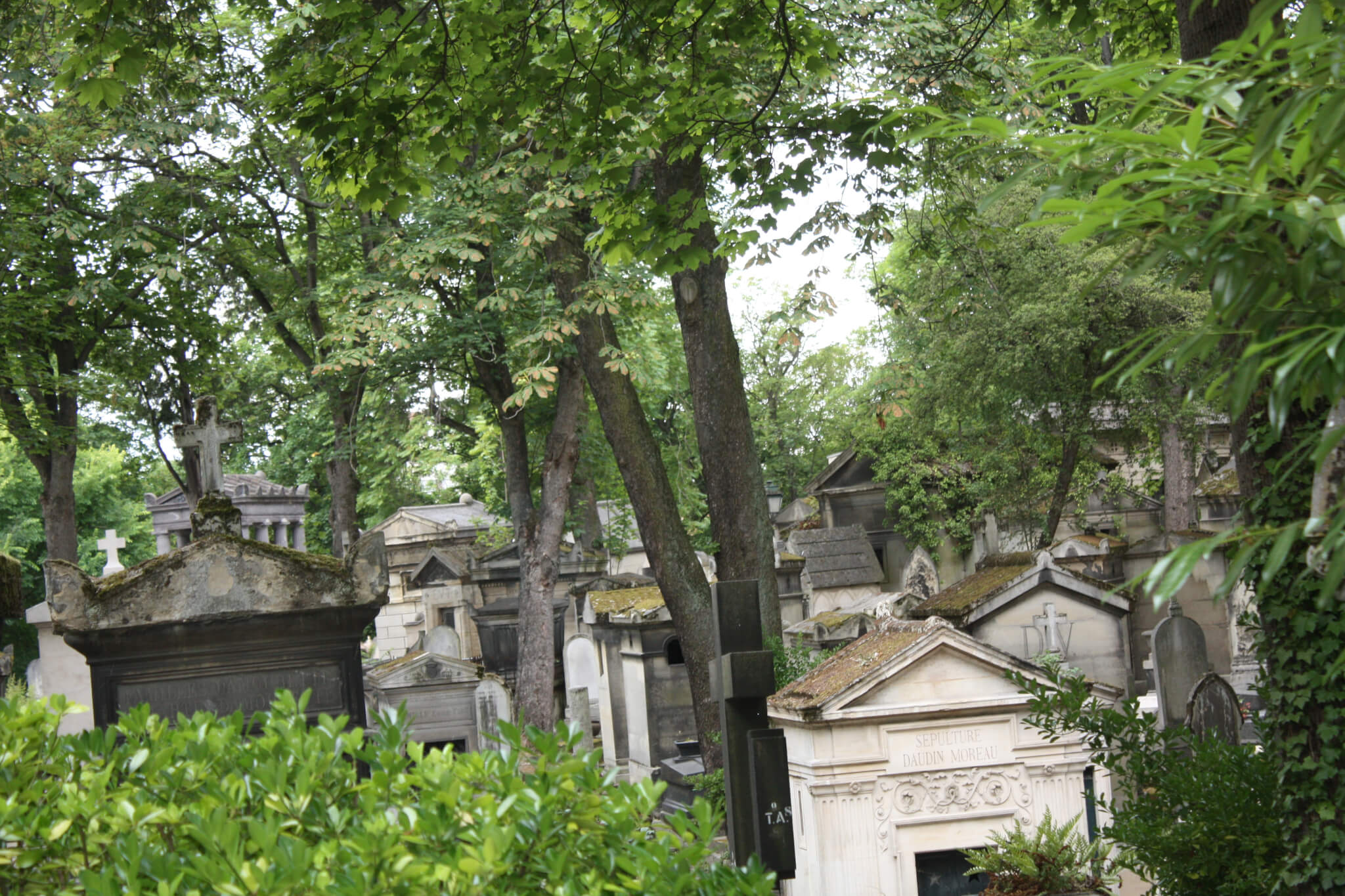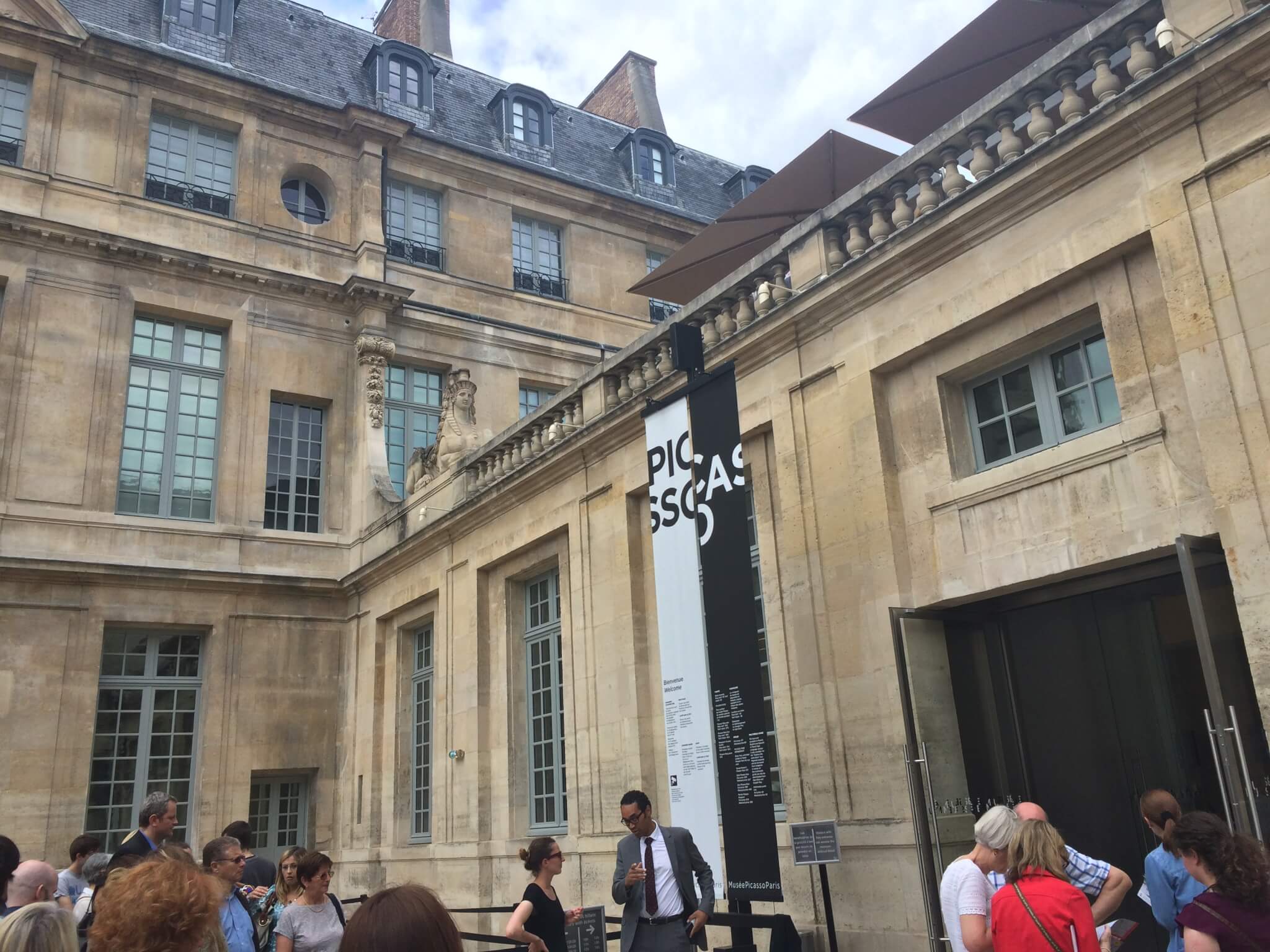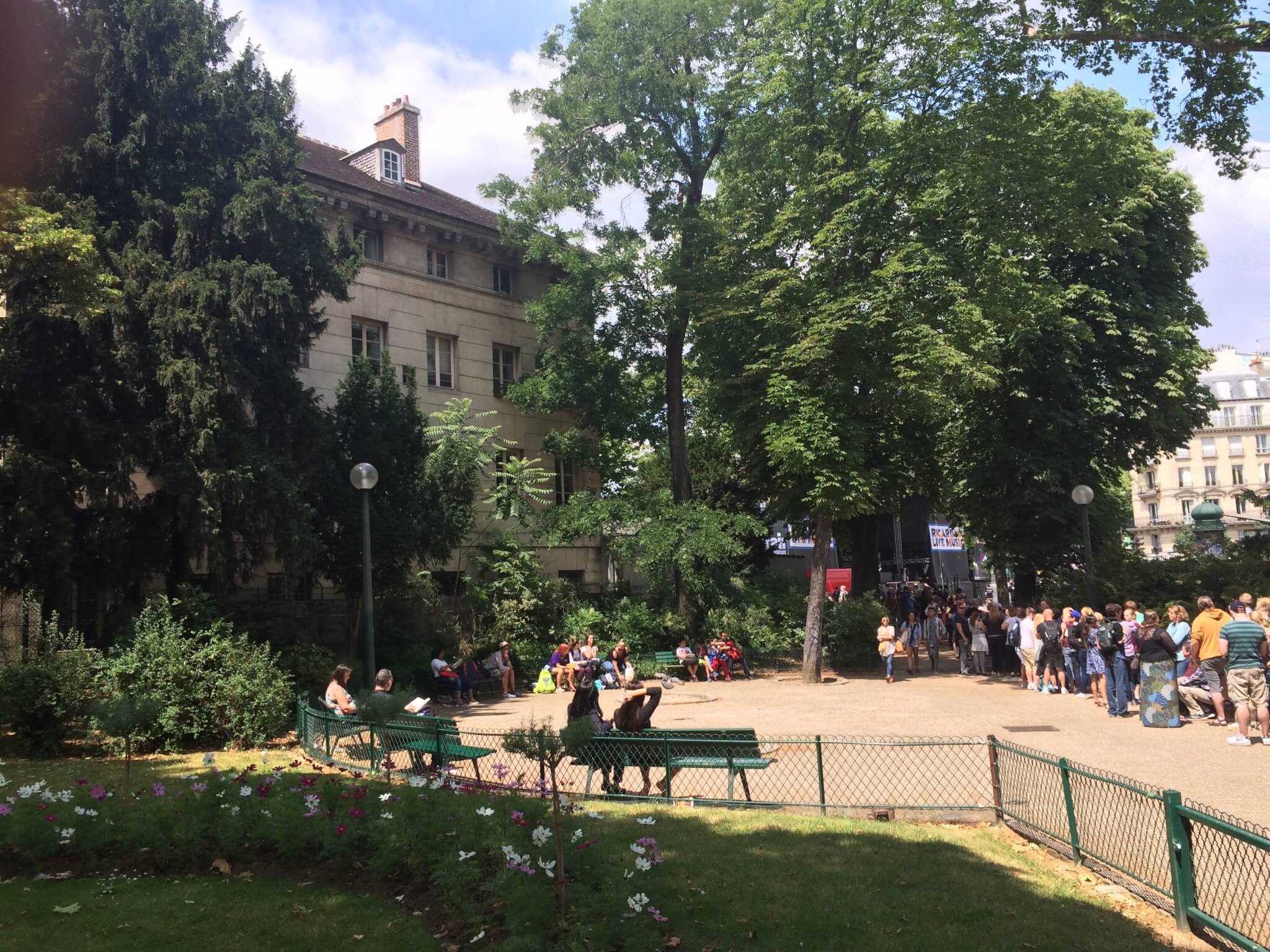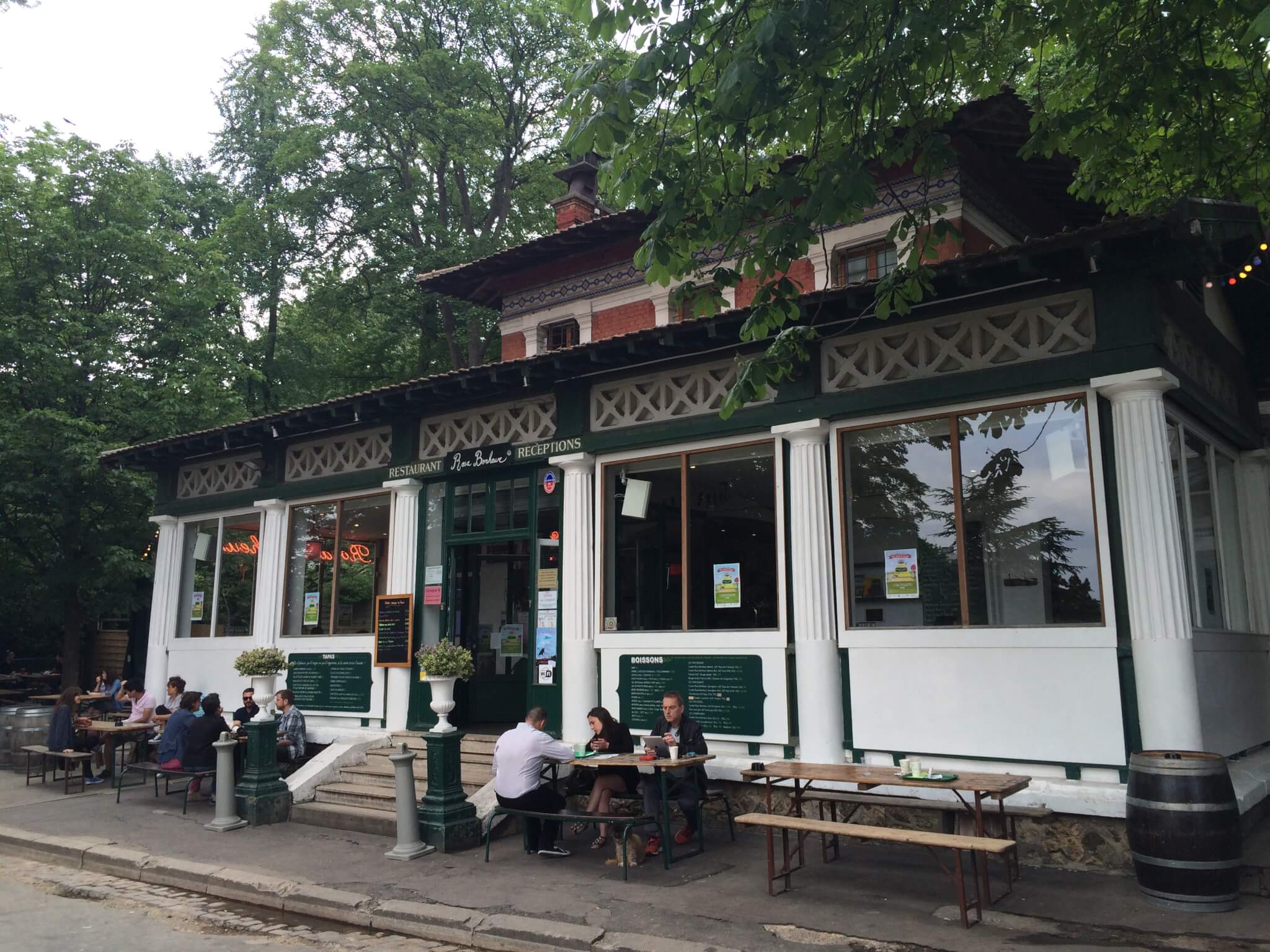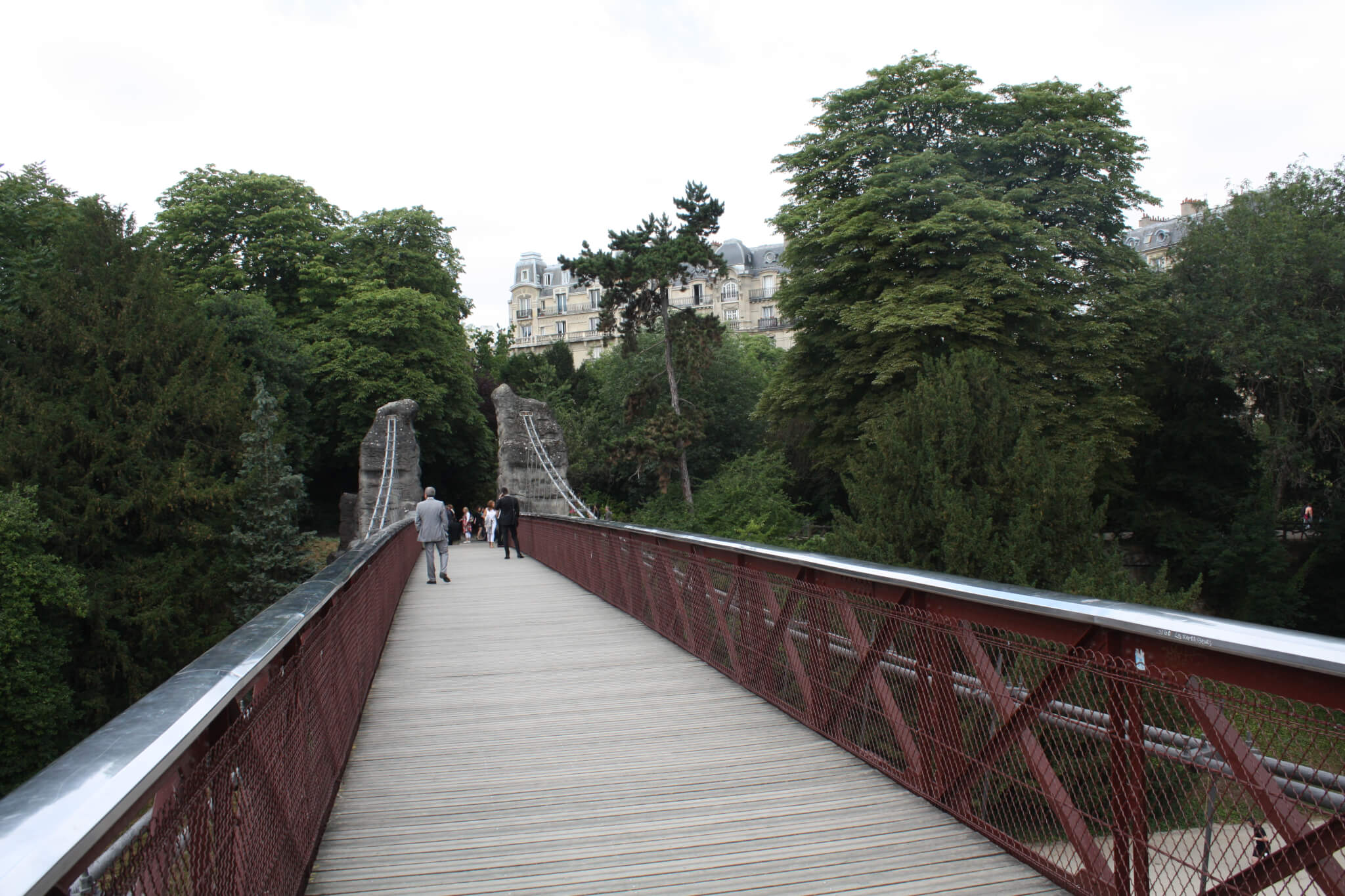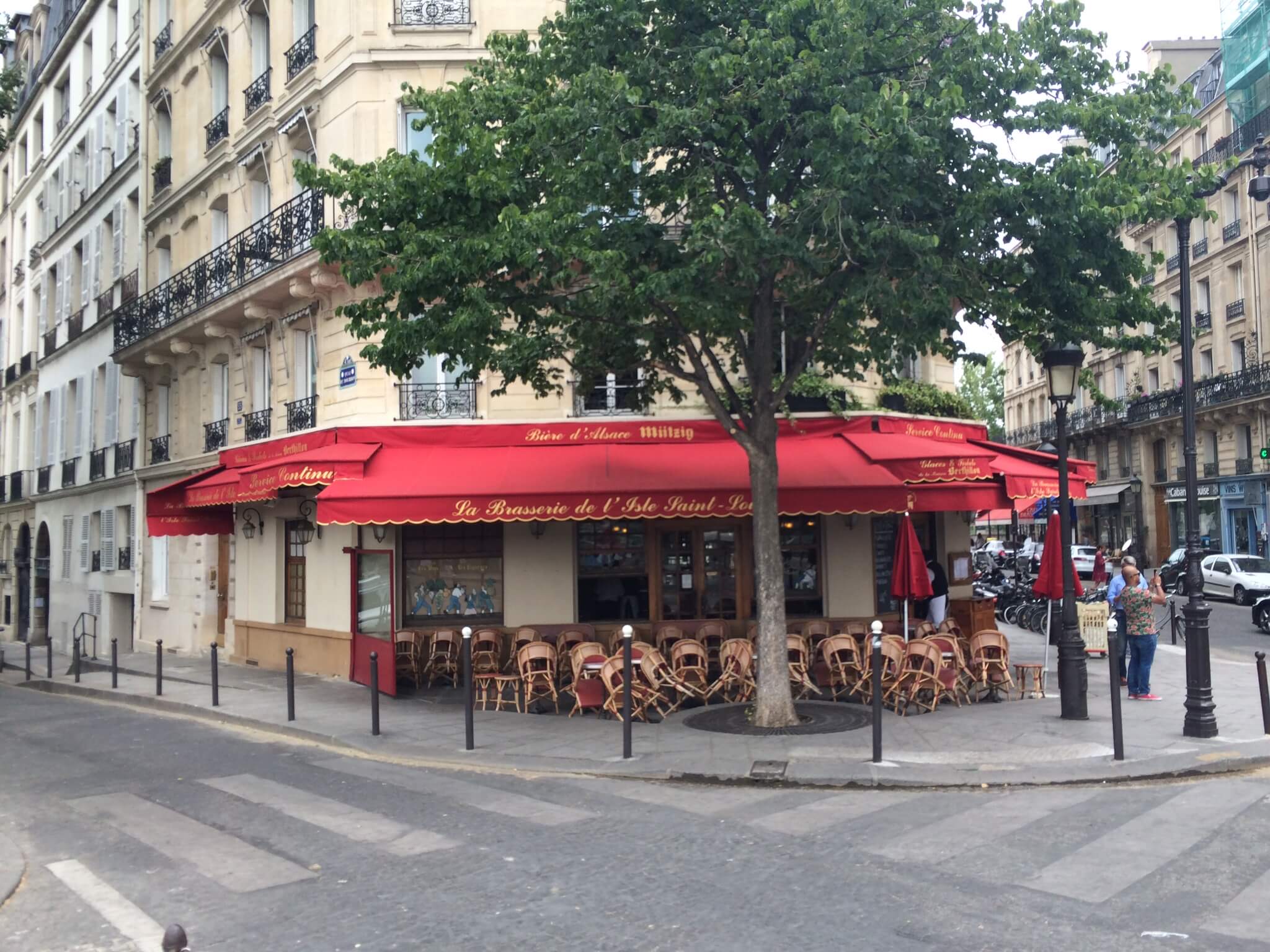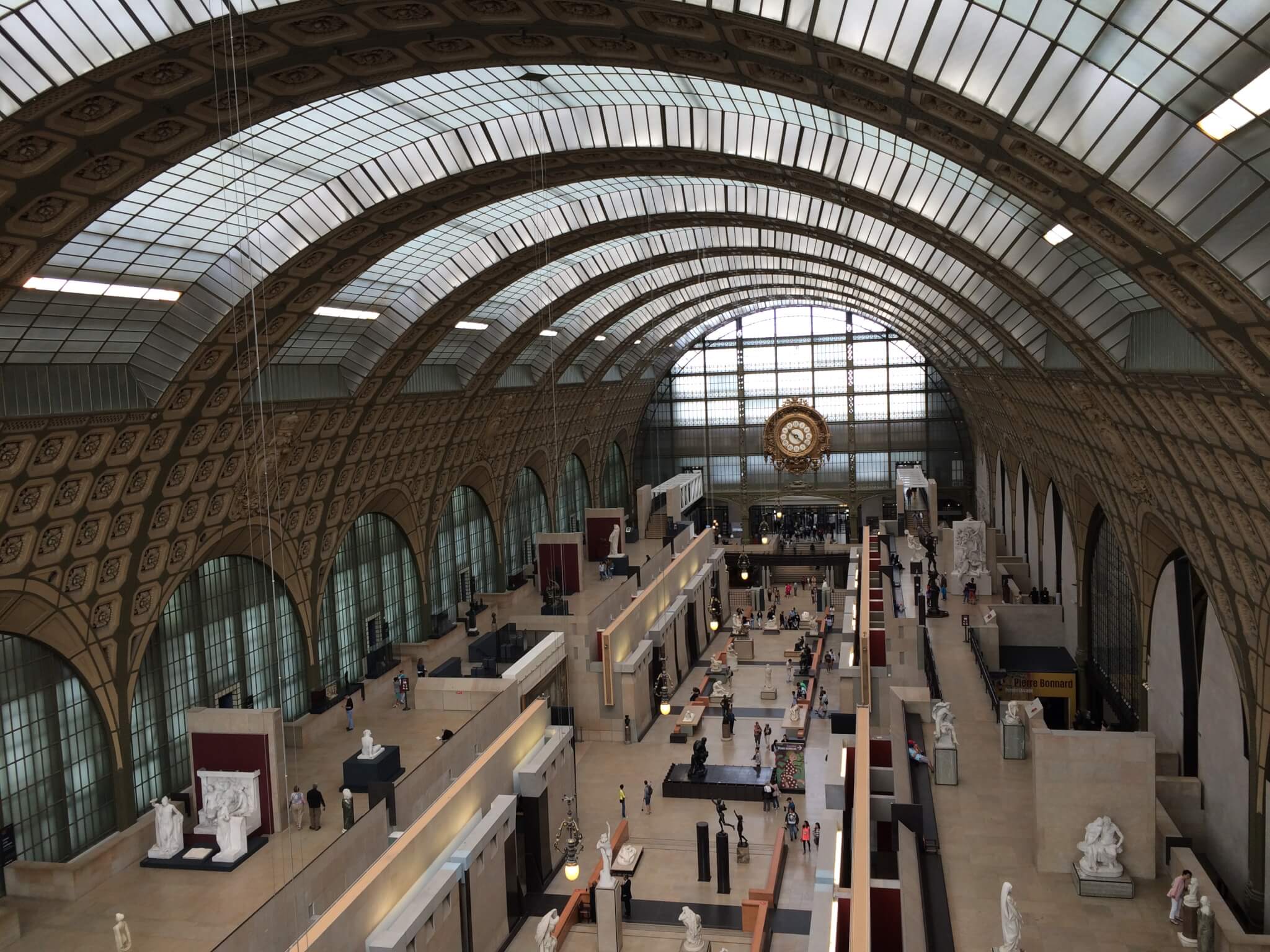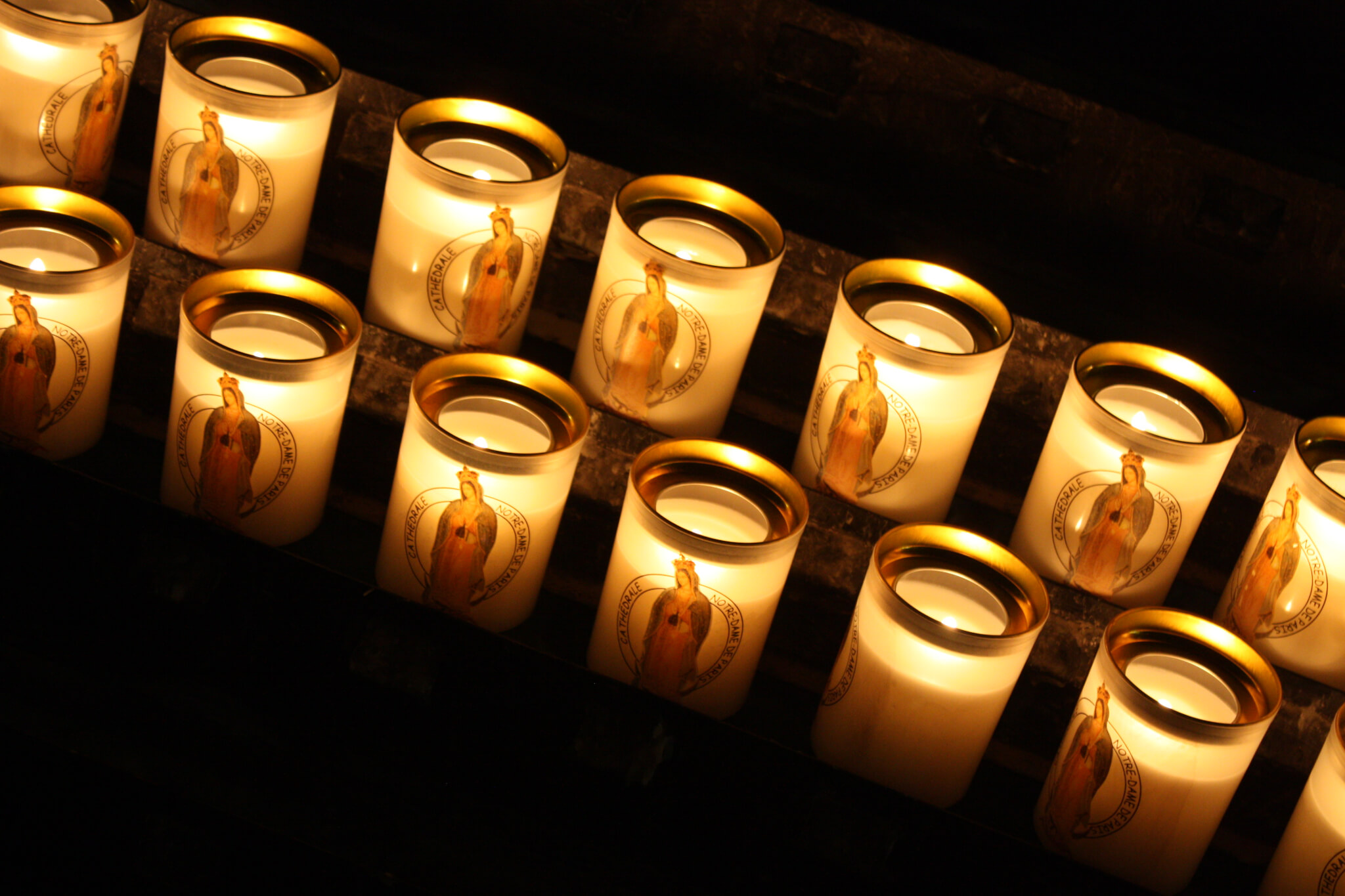One of the major sights in Paris, close to the Champ de Mars. Built in 1887 by Gustave Eiffel as a watch tower for the World Exhibition – and in remembrance of the French revolution – this iron giant draws the attention of people from all over the world. It’s the landmark of Paris and can be seen from most places inthe city.
Continue reading “Tour Eiffel”Science as it should be presented
I’ve seen some ethnologic museums around the world and most – let’s face it, are quite boring. You only like them if you are an expert or a student in the specific field. But the Musée du quai Branly in Paris, France is really different. Behind a big glass wall separating the museum from the city, there is a huge garden with trees and green fields.
Continue reading “Science as it should be presented”Cimetière du Père Lachaise
The biggest graveyard in Paris, France. A vast space with over 200 year old graves, temples and figurines. You can walk for hours through this crowded necropolis and watch out for the graves of lots of celebrities. Not an easy game because of the high number of paths and sepultures.
Continue reading “Cimetière du Père Lachaise”Spanish art in Paris
Pablo Ruiz Picasso is a well known Spanish painter who ended his life in France. Maybe that’s why there is a Musée Picasso in Paris. It is located at a small street in the wonderful neighborhood of le Marais. You can reach it easily from Place de la Bastille or Place des Vosges, as there are a sufficient number of signs guiding you.
Continue reading “Spanish art in Paris”Les Catacombes
The catacombs of Paris might be a really interesting sight. There are a lot of tunnels under the city, because for building it a lot of stone was needed, taken from there. Later, when the graveyards where full the skulls and bones where transfered to these tunnels and arranged decoratively.
Continue reading “Les Catacombes”Rosa Bonheur
Situated within the Parc des Buttes-Chaumont in Paris, France the café Rosa Bonheur is a wonderful place for a cup of coffee or a cold beverage. If you climbed up and down through the park, you might be happy to have a friendly and welcoming place to sit down.
Continue reading “Rosa Bonheur”An artificial English garden
In the northern east of Paris, France you will find the Parc des Buttes-Chaumont, an artificial garden with grottos, cliffs and a rope bridge on mountainous ground. It has been created by order of Napolean the 3rd in the 19th century.
Continue reading “An artificial English garden”Maison Berthillon
Not a secret hint by far: if you need a good scoop of ice cream, you should visit Berthillon. Once upon a time long queues built up in front of this source of delicious frozen milk products. Nowadays you can get the ice cream in nearly every coffee bar on Île Saint-Louis.
Continue reading “Maison Berthillon”Next stop: Art
The Musée d’Orsay is an art museum in Paris, France. It is located within the old train station Gare d’Orsay close to the Seine, within the 7th arrondissement. The railway station – built for the World Exhibition in 1900 – was transformed into a museum in 1977 by order of the French president Valéry Giscard d’Estaing.
Continue reading “Next stop: Art”Cathédrale Notre-Dame de Paris
A wonderful gothic cathedral in the center of Paris, France – directly on Île de la Cité. It has been built between 1163 and 1345, offers space for 9000 worshippers and is well known to the world (at least by Victor Hugos “The Hunchback of Notre-Dame“). It is the blueprint for gothic cathedrals around the world.
Continue reading “Cathédrale Notre-Dame de Paris”